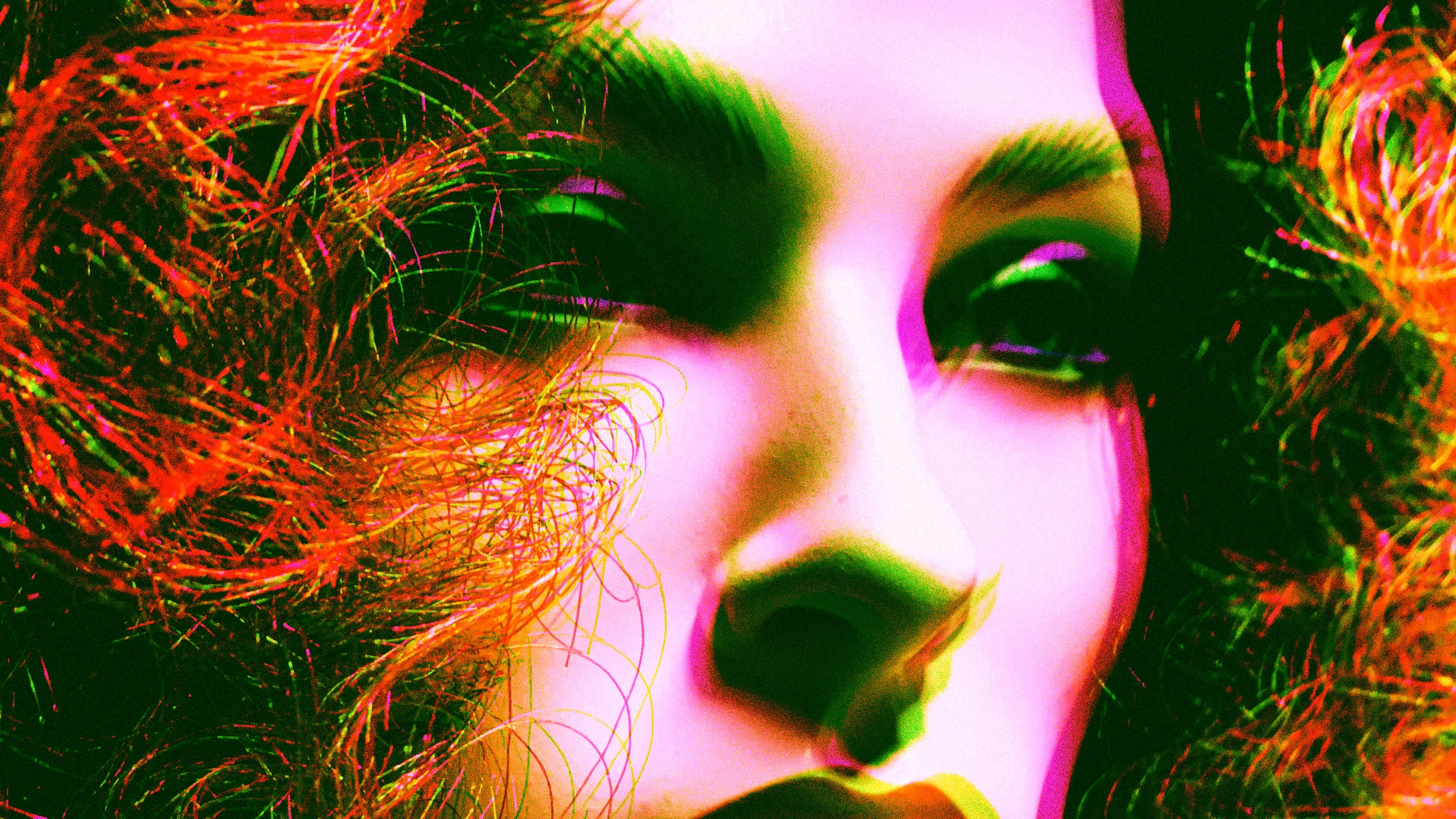
"Pick up an August 2025 issue of Vogue, and you'll come across an advertisement for the brand Guess featuring a stunning model. Yet tucked away in small print is a startling admission: She isn't real. She was generated entirely by AI. For decades, fashion images have been retouched. But this isn't airbrushing a real person; it's a "person" created from scratch, a digital composite of data points, engineered to appear as a beautiful woman."
"The backlash to the Guess ad was swift. Veteran model Felicity Hayward called the move " lazy and cheap," warning that it undermines years of work to promote diversity. After all, why hire models of different sizes, ages, and ethnicities when a machine can generate a narrow, market-tested ideal of beauty on demand?"
"I study human-AI collaboration, and my work focuses on how artificial intelligence influences decision-making, trust, and human agency, all of which came into play during the Vogue controversy. This new reality is not a cause for doom. However, now that it's becoming much harder-if not impossible-to tell whether something is created by a human or a machine, it's worth asking what's gained and what's lost from this technology. Most importantly, what does it say about what we truly value in art?"
An advertisement in Vogue disclosed that the featured model was entirely AI-generated rather than a photographed person. Fashion photography has long used retouching, but AI produces wholly synthetic figures assembled from data points to present an engineered ideal of beauty. The Guess ad prompted immediate backlash from industry professionals concerned that synthetic models could undercut efforts to hire diverse human models. Advances in conversational AI suggest machines can now mimic human communication and potentially meet an "aesthetic Turing Test" for art, raising questions about trust, human agency, and what is gained or lost in artistic value.
Read at Fast Company
Unable to calculate read time
Collection
[
|
...
]